For many people, the time of crisis in the country becomes a collapse of hopes, pushes them to despondency and desperate searches for a new job. But for some people and entire companies, the crisis becomes the magic kick that makes them move forward and ultimately leads to prosperity and wealth.
We present you with a list of 10 globally renowned companies that have succeeded in times of crisis.
10. FedEx
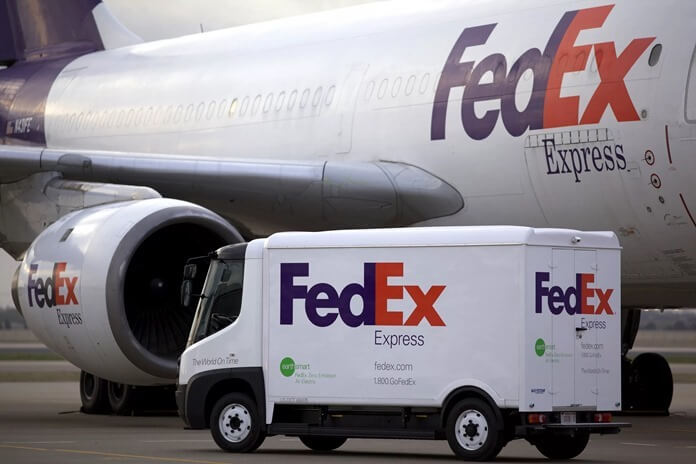 It is curious that initially the FedEx company, formerly known as Federal Express, was focused on organizing the movement of money supply between the banks of the Federal Reserve System. However, this idea did not work out.
It is curious that initially the FedEx company, formerly known as Federal Express, was focused on organizing the movement of money supply between the banks of the Federal Reserve System. However, this idea did not work out.
And then came the 1973 crisis, when oil prices, and then gasoline prices in the US soared 4 times. Under these conditions, long journeys were expensive, and ordinary Americans needed a service that would ensure uninterrupted and affordable door-to-door delivery of goods.
While still a student at Yale University, Frederick Smith developed a project according to which one logistics company is responsible for the cargo from recipient to addressee, delivering it by its own planes and vans, and placing it in its own warehouses. It was this idea that “fired” in 1973, making Smith one of the kings of logistics services, first in the United States and then abroad.
9.3M
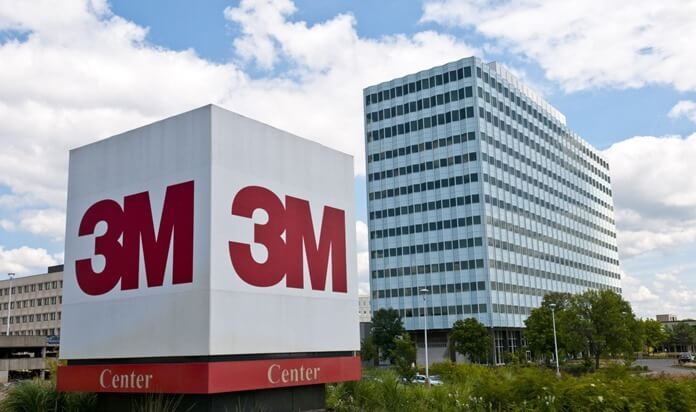 One day, a butcher, a lawyer, a doctor, and two railroad leaders got together to mine corundum as an abrasive. This is how the history of the American company 3M began.
One day, a butcher, a lawyer, a doctor, and two railroad leaders got together to mine corundum as an abrasive. This is how the history of the American company 3M began.
And although it did not work with corundum (it was not in the rock that was originally developed), the company still produced abrasives before the Great Depression. And then this direction was replaced by a product that brought 3M worldwide fame. Transparent tape.
In the World Depression, Americans used duct tape for a variety of things, from repairing toys, furniture, windows, and even clothing, to reinforcing the binding of books and gluing torn paper. The new product sold so well that in 1932 the company shifted its focus towards office supplies. In the piggy bank of 3M inventions are also: an overhead projector, a color copier, disposable respirators and 3D scanning technology of the oral cavity.
8. Grundig
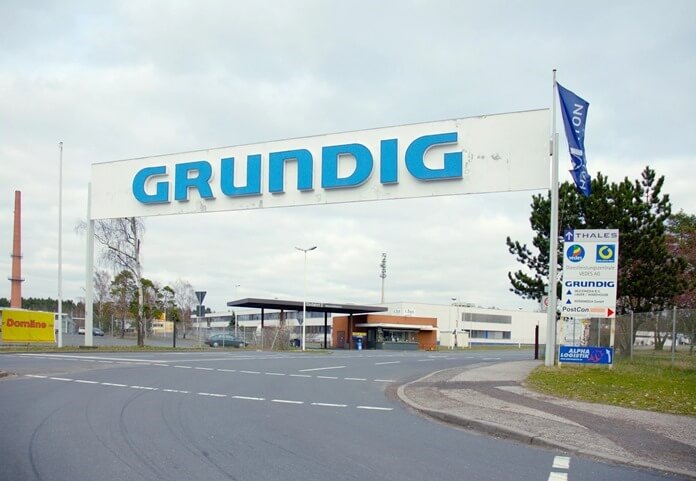 The real success came to the small company Grundig after the Second World War. The Germans simply did not have the money to buy new equipment. It was here that the talented entrepreneur Max Grundig offered his compatriots a service for the repair of devices, which were in great demand at that time - radios.
The real success came to the small company Grundig after the Second World War. The Germans simply did not have the money to buy new equipment. It was here that the talented entrepreneur Max Grundig offered his compatriots a service for the repair of devices, which were in great demand at that time - radios.
And in order to bypass the tax on the production of radio receivers, he began to produce the designer "Heinzelmann" (translated from German - brownie), from which anyone could independently assemble a radio.
Gradually, the Grundig product range expanded, the company became the largest supplier of tape recorders in Europe, and then switched to consumer electronics such as TVs and VCRs.
And although the further history of Grundig is far from the success of the 50-60s, this company will remain one of those that successfully rose from the post-war ruins and left behind many good inventions.
7. Wikipedia
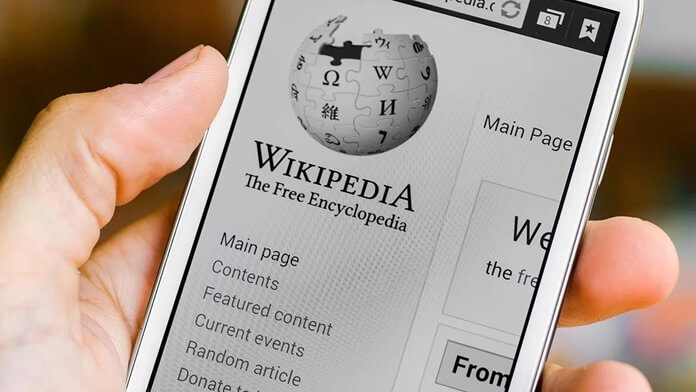 The famous online encyclopedia appeared on the Internet during the so-called dot-com bubble, which lasted from 1995 to 2001.Its consequence was the collapse of the NASDAQ index, caused by unbridled marketing spending on Internet startups.
The famous online encyclopedia appeared on the Internet during the so-called dot-com bubble, which lasted from 1995 to 2001.Its consequence was the collapse of the NASDAQ index, caused by unbridled marketing spending on Internet startups.
In 1999, Jimmy Wales decided to create a massive online encyclopedia with free content, to be written by enthusiasts, with the ability to edit in real time. Multilingual Wikipedia, the ability to write about almost everything in the world, and prompt editing of articles quickly made the project very popular.
Wikipedia was launched in 2001, just as the dot-com bubble burst. And at the moment it is the most popular Internet directory in the world.
6. Burger King
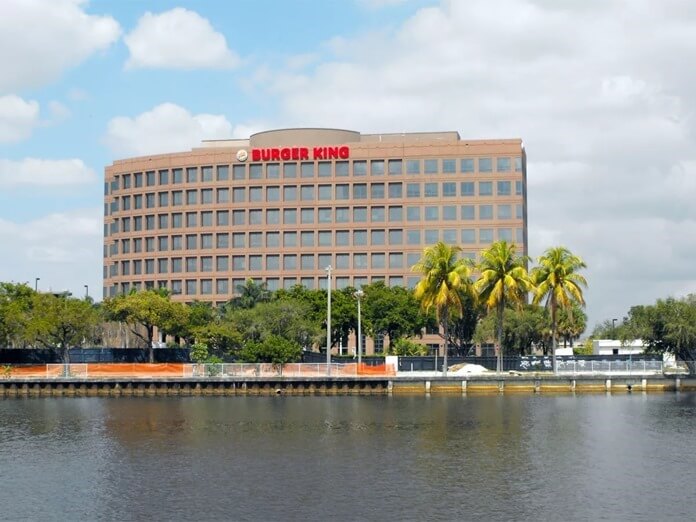 This company has managed the almost impossible - to become the second largest fast food chain in the world, while competing with the fast food giant McDonald's.
This company has managed the almost impossible - to become the second largest fast food chain in the world, while competing with the fast food giant McDonald's.
Burger King was launched in 1954, shortly before the Eisenhower recession, an economic crisis caused by high interest rates on loans, falling demand for cars and the collapse of real estate projects. The new chain differed from McDonald's in an exclusive approach to customers: they were allowed to choose some ingredients for the sandwich, for example, cucumbers or spices.
The company's first "wapper" was created in 1957, was sold for 37 cents and has been the "calling card" of Burger King ever since. This company was also one of the first to cooperate with the largest film companies. Of course, to sell products with their symbols. For example, in 1977, she was selling sets of glasses featuring Star Wars characters. Would you like to buy such a set, dear readers? I am.
5. American Tourister
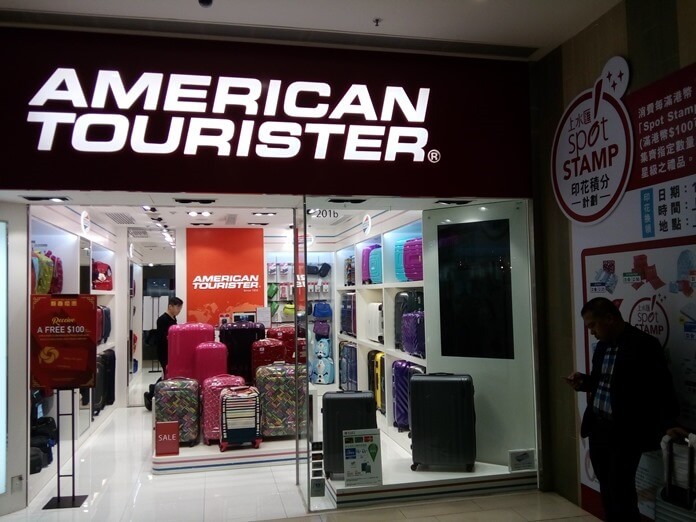 Here is another example of a successful company that managed to make money during the crisis - in this case, the Great Depression in the United States. It was a time when millions of Americans moved out of their homes and moved in search of work.
Here is another example of a successful company that managed to make money during the crisis - in this case, the Great Depression in the United States. It was a time when millions of Americans moved out of their homes and moved in search of work.
In these conditions, inexpensive and durable suitcases were needed. These were the ones that American Tourister produced (and is still producing today). Its products can be bought even in Russia.
4. LEGO
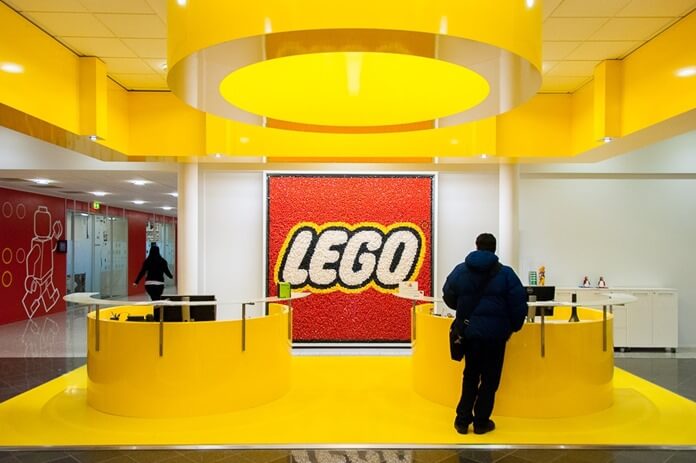 The Great Depression, which began in 1929, hit not only the United States, but also Europe. She also touched Denmark, where Ole Kirk Christiansen, the creator of the LEGO company, lived. Initially, Christiansen and his workers produced ironing boards, stools and other wood products, but the demand for them was low.
The Great Depression, which began in 1929, hit not only the United States, but also Europe. She also touched Denmark, where Ole Kirk Christiansen, the creator of the LEGO company, lived. Initially, Christiansen and his workers produced ironing boards, stools and other wood products, but the demand for them was low.
Then an enterprising Dane came up with the idea to make wooden toys, hence the name of his brainchild - leg godt ("play well").
LEGO's breakthrough came in 1949 with the first plastic snap-on bricks. From then until now, LEGO bricks have been one of the favorite entertainment for children of all ages. And even many adult collectors are happy to get their hands on unusual LEGO items such as the largest LEGO Star Wars collection.
3. Pepsi
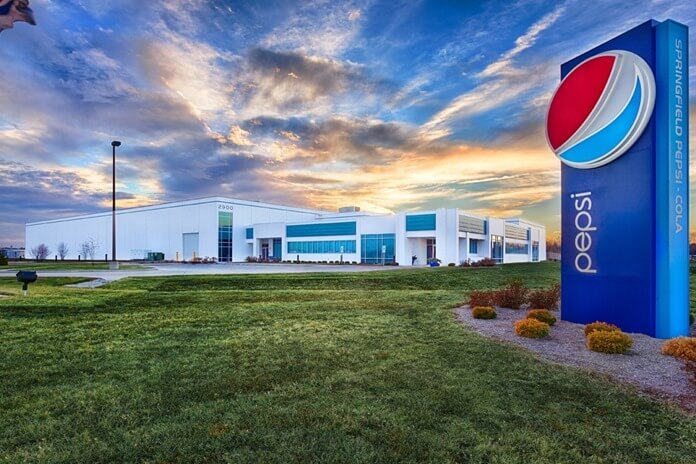 Founded in the late 19th century by pharmacist Caleb Bradham, Pepsi did not survive the 1923 US sugar price rises and went bankrupt. The Pepsi trademark and the sugar syrup recipe were bought by businessman Charles Guth during the Great Depression.
Founded in the late 19th century by pharmacist Caleb Bradham, Pepsi did not survive the 1923 US sugar price rises and went bankrupt. The Pepsi trademark and the sugar syrup recipe were bought by businessman Charles Guth during the Great Depression.
How did the new drink win the hearts of Americans, who often had nothing to eat during one of the largest economic crises? Cheapness. A 12-ounce bottle cost 5 cents - the same as a 6.5-ounce bottle of Coca-Cola. Coca-Cola could not reduce the price, as there were about a billion bottles left in warehouses, and the vending machines only accepted 5 cents.
Since then, to this day, Pepsi and Coca-Cola have vied with each other for the title of world leader in the carbonated beverage market.
2. Panasonic
 The former Matsushita Electric, now Panasonic, has shown by its example that capitalism does not have to be with an animal grin.
The former Matsushita Electric, now Panasonic, has shown by its example that capitalism does not have to be with an animal grin.
When the Great Depression hit Japan and led to massive layoffs, the owner and founder of Matsushita Electric did not lay off his employees or shut down the company. He ordered to cut production in half, cut the working week, but did not fire any of the employees or cut their salaries. Instead, he asked the workers to take over the sale of goods in the warehouse.
As a result, stocks of Matsushita Electric products were successfully sold, the company retained its entire staff and passed the threat of financial disaster.
1. Korkunov
 The list of well-known companies that only became stronger during the crisis is headed by the brainchild of Russian entrepreneur Alexander Korkunov. His confectionery factory, built in the town of Odintsovo, opened in the midst of the 1998-1999 financial crisis in Russia.
The list of well-known companies that only became stronger during the crisis is headed by the brainchild of Russian entrepreneur Alexander Korkunov. His confectionery factory, built in the town of Odintsovo, opened in the midst of the 1998-1999 financial crisis in Russia.
Despite the difficult situation in the country, the Korkunov factory did not go bankrupt, thanks to a bold decision - to enter the premium chocolate segment. The absence of competitors and low advertising prices during the crisis allowed Korkunov to control 57% of the expensive chocolate market in Russia. In 2007, 80% of the company was acquired by Wrigley. The deal was worth $ 300 million.

